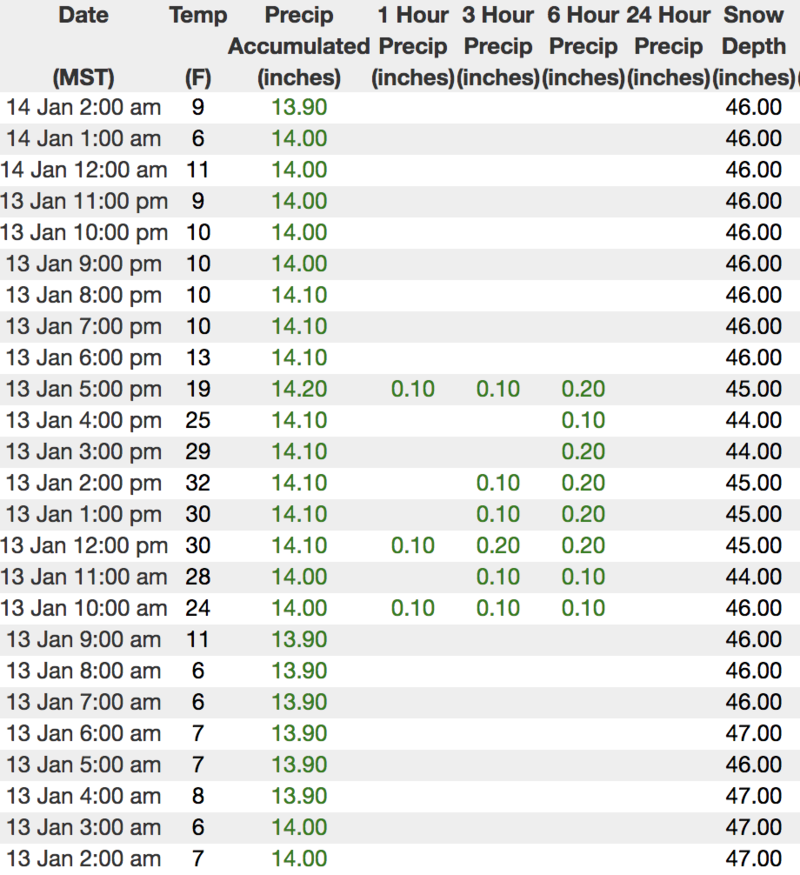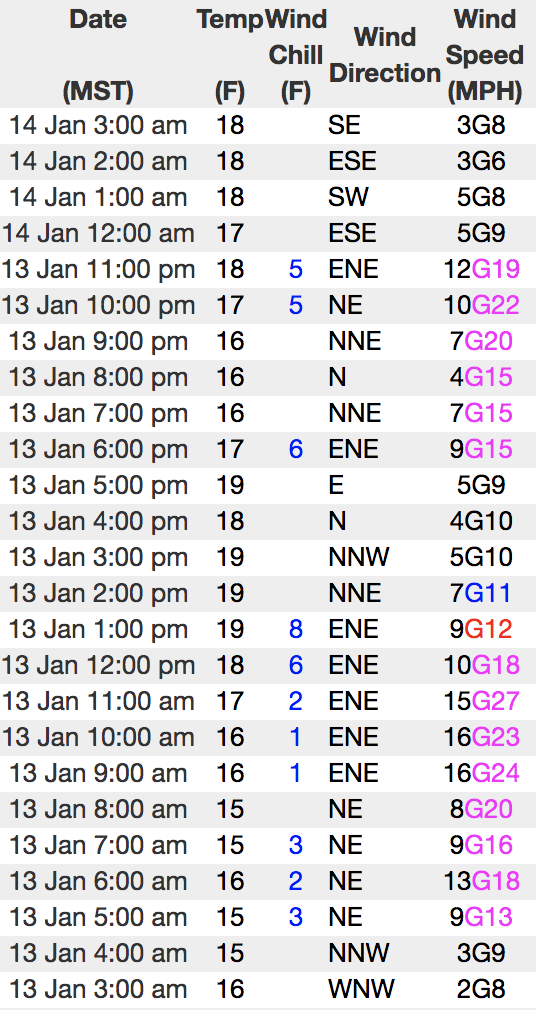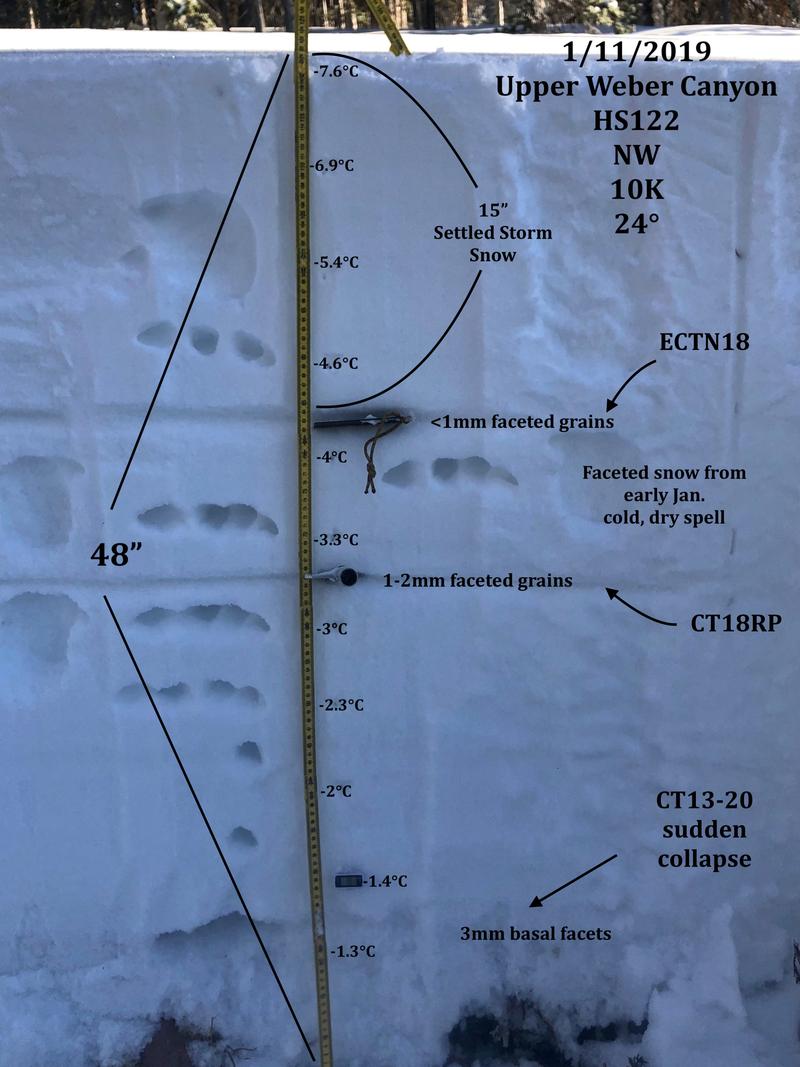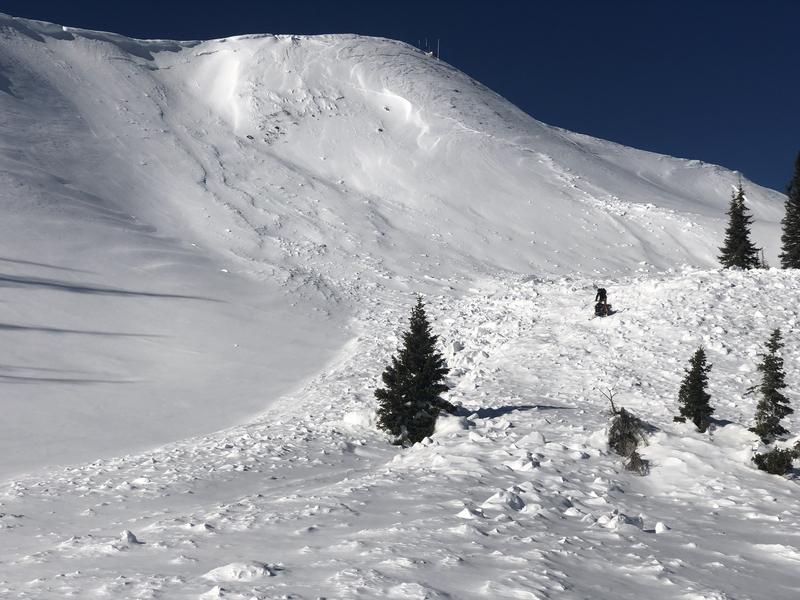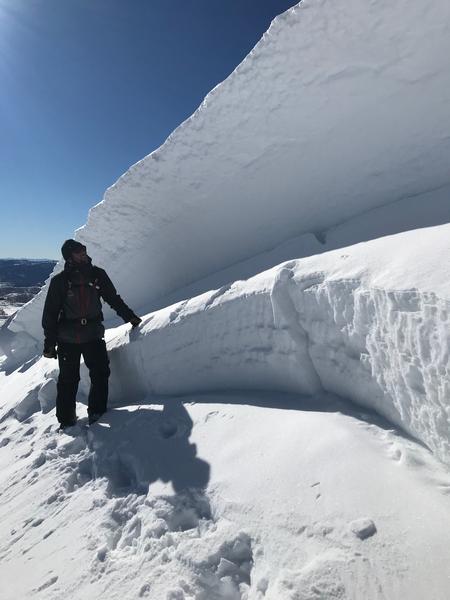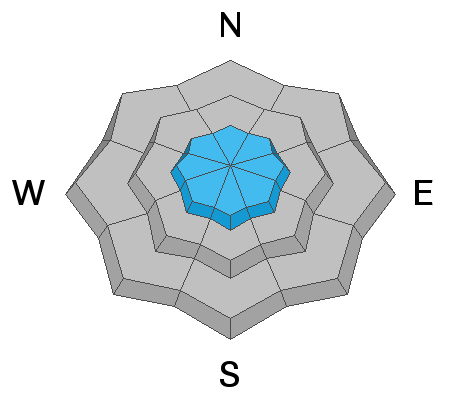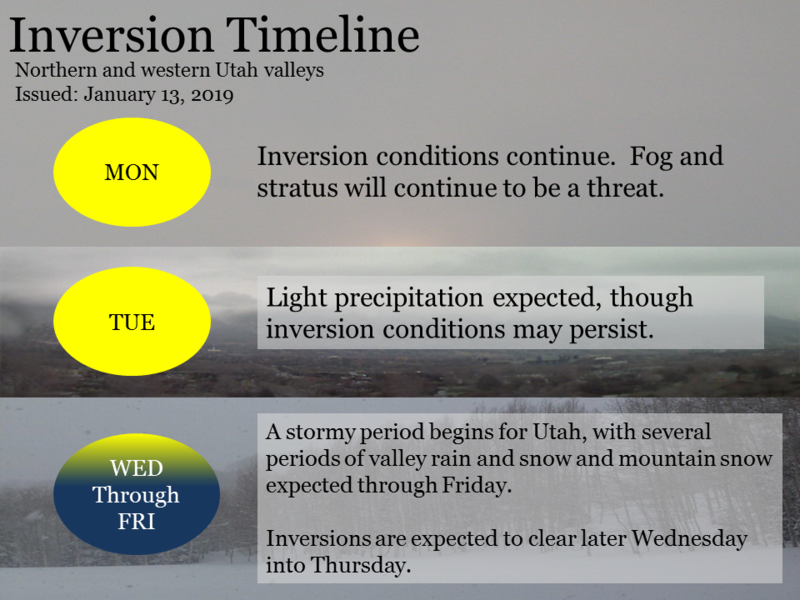Forecast for the Uintas Area Mountains

Issued by Craig Gordon on
Monday morning, January 14, 2019
Monday morning, January 14, 2019
At mid and upper elevations, near and above treeline, the avalanche danger is MODERATE. Human triggered avalanches are POSSIBLE on steep slopes, especially those with an easterly component to their aspect.
Any avalanche that breaks into deeper buried weak layers near the ground will result in a deep, scary, and dangerous avalanche.
If you're looking for LOW avalanche danger, simply head to lower elevation terrain or big open meadows with no steep terrain above or connected to where you're traveling.

Low
Moderate
Considerable
High
Extreme
Learn how to read the forecast here


